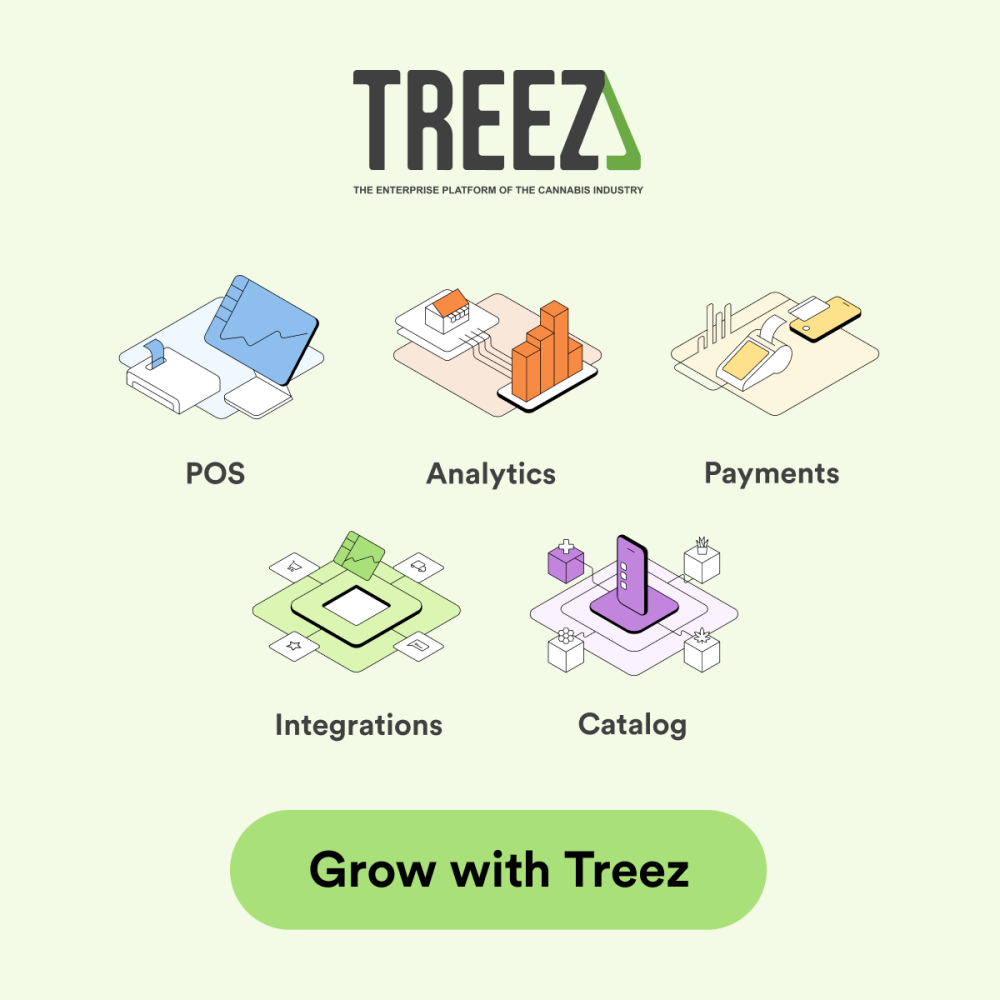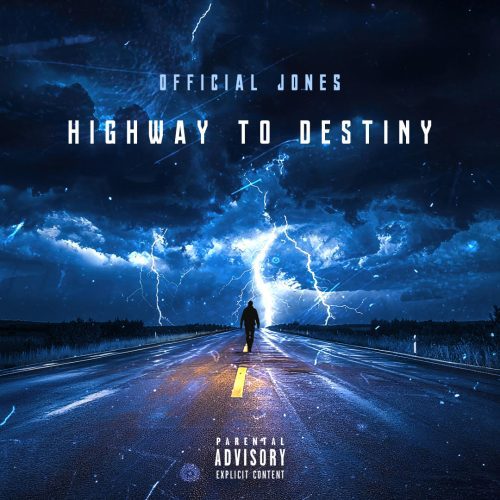Cannabis in Canada and their culture runs deep, stretching from the mountains of British Columbia to the city streets of Toronto and the chill neighborhoods of Montréal. Since legalization, the country has become one of the global leaders in regulated cannabis, offering a structured market that still carries the creative energy of its underground roots.
Cannabis in Canada isn’t just about laws and dispensaries. It’s a story about how a nation turned an outlawed plant into a billion-dollar industry that now shapes culture, tourism, and entrepreneurship across every province. From the legendary craft growers in British Columbia to the evolving retail systems in Ontario and Alberta, cannabis has found a legitimate and lasting home in the Canadian economy.
Understanding Legal Cannabis in Canada
Canada made history on October 17, 2018, when it became the first G7 nation to legalize recreational cannabis nationwide. The Cannabis Act (Bill C-45) created the framework that still governs cultivation, distribution, and consumption today. This law sets the baseline for possession limits, production standards, labeling requirements, and enforcement across the country.
Adults in Canada can legally possess up to 30 grams of dried cannabis or its equivalent in public. It’s also legal to share cannabis with other adults as long as the total amount doesn’t exceed the limit. The government’s goals were clear: keep cannabis out of minors’ hands, redirect profits away from criminal networks, and ensure public health and safety.
While cannabis is federally legal, each province and territory manages its own rules for retail, consumption, and enforcement. That means cannabis in Ontario looks slightly different from cannabis in British Columbia or Québec. For creators and consumers, this adds a layer of variety that makes every region’s cannabis scene unique.
Medical Cannabis in Canada: The Roots of Legalization
Before recreational legalization, Canada already had a medical cannabis system that paved the way for the modern market. Medical cannabis was legalized in 2001 under the Access to Cannabis for Medical Purposes Regulations (ACMPR). Patients with prescriptions could purchase cannabis directly from licensed producers or grow limited amounts for personal use.
That program built the foundation for today’s regulated industry. Many of Canada’s most respected craft growers began under the medical system, developing genetics, phenotypes, and growing techniques that later transitioned into the recreational space.
Today, medical cannabis remains an important part of the industry. Patients can still access higher potency products or specific medical strains through registered providers. Recreational consumers, on the other hand, shop through provincially authorized retailers or online platforms.
Cannabis Products and How to Read Labels
Canada’s legal cannabis products cover everything from dried flower and pre-rolls to oils, capsules, vapes, concentrates, edibles, and topicals. Each category is tightly regulated under Health Canada, and every package follows specific labeling rules.
A Canadian cannabis label must clearly show:
- THC and CBD content in both milligrams per gram and as a total percentage
- Health warnings and responsible use messages
- The licensed producer’s name and contact info
- The packaging date and lot number for traceability
- A standardized cannabis symbol indicating the product contains THC
Popular cannabis products in Canada include high-terpene flower, solventless rosin, balanced THC-CBD edibles, and infused beverages. Craft producers have also elevated the edible market, focusing on micro-dosed treats designed for flavor and function.
The Canadian market is one of the most diverse in the world, balancing innovation and regulation in equal measure.
Cannabis Possession, Consumption, and Home Growing
Under the Cannabis Act, adults can possess up to 30 grams of dried cannabis in public. The same rule applies to equivalent forms like oils, vapes, and edibles. Most provinces follow that guideline, though some impose additional restrictions on where cannabis can be consumed.
Smoking or vaping cannabis is typically allowed in private residences, though several provinces have public consumption zones similar to tobacco regulations. Edibles and beverages can be consumed discreetly, but open consumption in public parks, near schools, or in vehicles is prohibited nationwide.
Home cultivation is legal in most provinces, allowing adults to grow up to four cannabis plants per household from licensed seeds or clones.
However, Québec and Manitoba currently prohibit home cultivation for recreational users. Every grower must ensure plants remain out of public view and secured from minors.
Cannabis in British Columbia: The Birthplace of Craft
British Columbia is the soul of Canadian cannabis. Long before legalization, BC Bud had already built global fame for quality and consistency. The province’s mild coastal climate, mountain terrain, and deep community roots created the perfect environment for cultivation.
Today, BC remains the epicenter of craft cannabis in Canada. Licensed producers here specialize in small-batch cultivation, slow curing, and terpene preservation. Many operate micro-licenses that allow them to produce limited quantities with exceptional precision.
The province runs a government-operated retail system known as BC Cannabis Stores, alongside licensed private retailers. This balance gives consumers choice and producers multiple paths to market. For travelers or content creators, British Columbia offers a glimpse into cannabis culture that blends nature, craftsmanship, and community.
Cannabis in Ontario: The Market Powerhouse
Ontario represents the largest share of Canada’s cannabis sales. Home to Toronto, Ottawa, and a dense network of urban consumers, the province quickly became a hub for both retail innovation and digital marketing.
The Ontario Cannabis Store (OCS) functions as the province’s exclusive online retailer and wholesale distributor. Private dispensaries purchase their inventory through the OCS and sell directly to consumers. Toronto alone has hundreds of licensed stores, offering everything from budget flower to premium concentrates.
Ontario’s cannabis market has also become a major arena for content creators, with dispensary tours, brand collaborations, and influencer partnerships helping push visibility for local products. Legal cannabis in Ontario is tightly regulated but still buzzing with creativity.
Cannabis in Alberta: Fast Growth and Free Market Energy
Alberta has one of the most open cannabis markets in the country. The Alberta Gaming, Liquor and Cannabis Commission (AGLC) manages wholesale distribution, while private companies operate retail storefronts and online stores.
Legal cannabis in Alberta moves fast, supported by a culture that values independence and entrepreneurship. Calgary and Edmonton each feature thriving retail networks, craft producers, and lounges designed to normalize the plant’s presence.
For travelers, Alberta’s cannabis laws are straightforward: the legal age is 18, possession limits match the federal standard, and public consumption follows similar rules to tobacco. For entrepreneurs, Alberta’s low barriers to entry make it one of the most accessible provinces for cannabis business ventures.
Cannabis in Québec: Tradition and Tight Rules
Québec’s cannabis market runs differently. The Société québécoise du cannabis (SQDC) is the province’s government-run retailer, controlling both online and in-store sales. The legal age for cannabis consumption in Québec is 21, higher than in most other provinces.
Québec’s restrictions reflect its conservative stance on public health. Edibles resembling candy or desserts are banned, and private retail stores are not allowed. Despite the limitations, Québec’s market remains large and stable, with emphasis on flower, oil, and beverages.
Québec also has a rich cannabis culture centered on art, design, and music. Montréal in particular has become a creative hub for content, offering a different rhythm than the West Coast’s craft-grow vibe.
Cannabis in the Prairie Provinces and Atlantic Canada
Beyond the major population centers, provinces like Saskatchewan, Manitoba, Nova Scotia, and Newfoundland have their own developing cannabis markets. These regions are home to smaller retailers, boutique growers, and communities still building local cannabis tourism.
Saskatchewan’s model allows private retailers to buy directly from licensed producers. Manitoba, while banning home cultivation, supports a growing network of urban dispensaries. The Atlantic provinces — Nova Scotia, New Brunswick, and Newfoundland — operate hybrid models with a mix of public and private retailers.
In these areas, cannabis tourism connects closely with food, music, and local culture. Nova Scotia even sells cannabis alongside alcohol in select stores through the Nova Scotia Liquor Corporation (NSLC). Each region represents a fresh angle for stories about how cannabis fits into small-town life and emerging regional economies.
Cannabis Tourism and Travel in Canada
Canada’s cannabis tourism scene is steadily expanding. From cannabis-friendly hotels in Vancouver to educational grow tours in Alberta, travelers can experience the plant in safe and legal environments.
Air travel with cannabis in Canada allows you to carry up to 30 grams in your carry-on, as long as you remain within the country. Crossing international borders with cannabis, however, is strictly illegal. The Canada Border Services Agency (CBSA) has zero tolerance for exporting or importing cannabis, even to or from other legal regions.
Cities like Toronto, Vancouver, and Calgary have become destinations for cannabis events and expos, including Lift Expo, Grow Up Conference, and O’Cannabiz. These gatherings unite producers, retailers, journalists, and influencers, the exact mix of people shaping the next chapter of Canadian cannabis culture.
Cannabis in Canada: Trends and Economic Growth
Since legalization, Canada’s cannabis industry has matured from chaotic launch to organized competition. Billions have been invested in cultivation, manufacturing, and retail. Publicly traded cannabis companies have reshaped the global market while smaller craft producers push for authenticity and quality.
Key trends shaping cannabis in Canada include:
- Craft cannabis expansion: Consumers increasingly prefer premium, small-batch flower with higher terpene content.
- Rise of solventless products: Rosin and hash are gaining popularity as consumers prioritize clean extraction.
- Edibles and beverages: Low-dose, flavorful products continue to grow market share.
- Sustainability: Eco-friendly packaging and organic cultivation are becoming standard.
- Technology integration: Data analytics, AI, and digital marketing help brands reach consumers more efficiently.
The Canadian cannabis industry now supports over 100,000 jobs and continues to expand into global export markets.
Cannabis Safety, Responsibility, and Culture
In Canada, cannabis use carries the same responsibilities as alcohol, know your limits, never drive impaired, and store products safely away from minors.
The federal government’s guidelines encourage moderation, suggesting lower-THC products or balanced THC-CBD ratios for new consumers. Edibles and beverages often take longer to kick in, so patience is essential. Always start small and understand dosage before increasing intake.
The culture of cannabis in Canada remains connected to music, creativity, and wellness. From hip-hop shows in Toronto to reggae events in Vancouver, cannabis is woven into the country’s modern creative fabric. This is not just a product, it’s grown into a lifestyle rooted in community, inclusion, and storytelling..
The Future of Cannabis in Canada
Seven years after legalization, cannabis in Canada continues to evolve. Governments are refining rules around marketing, packaging, and taxation. Producers are learning to balance quality and compliance while appealing to more mature consumers. The plant’s stigma continues to fade as new generations grow up seeing cannabis as a normalized part of life.
Future changes may include expanded cannabis lounges, event licensing, and greater integration with tourism and hospitality. The market will likely see further consolidation at the corporate level and more diversity at the craft level — a split that keeps the ecosystem balanced between big business and local passion.
FAQ: Cannabis in Canada
1. Is cannabis legal in all of Canada?
Yes, cannabis is legal nationwide under the Cannabis Act. Every province and territory controls how cannabis is sold, distributed, and consumed, but federal law covers possession, cultivation, and production. Understanding both levels keeps you compliant wherever you go.
2. What is the legal age for cannabis in Canada?
The legal age varies by province. It’s 18 in Alberta, 19 in most provinces, and 21 in Québec. Always confirm the local age requirement before buying or consuming cannabis.
3. How much cannabis can I legally possess in Canada?
Adults can carry up to 30 grams of dried cannabis or its equivalent in oils, edibles, or concentrates. This limit applies across Canada. Going over that amount can lead to fines or charges.
4. Can tourists buy cannabis in Canada?
Yes, tourists aged 18 or older (depending on province) can purchase cannabis from licensed retailers. A valid government ID is required. However, bringing cannabis across the border is illegal in both directions.
5. Can I grow cannabis at home in Canada?
Home growing is allowed federally — up to four plants per household — using seeds from licensed producers. Some provinces like Québec and Manitoba restrict home cultivation, so check regional rules before planting.
6. Where can I buy legal cannabis in Canada?
Cannabis can be purchased from provincially authorized retail stores or official government online portals. Ontario, Alberta, British Columbia, and Québec each run separate distribution systems to regulate inventory and quality.
7. Are edibles and beverages legal in Canada?
Yes. Cannabis edibles, beverages, and extracts became legal in December 2019. They follow strict potency limits, packaging rules, and labeling standards from Health Canada.
8. What are the main cannabis product types available?
Legal cannabis in Canada includes dried flower, pre-rolls, oils, capsules, vapes, concentrates, topicals, and edibles. Each product must list THC and CBD content clearly on its label.
9. Can I smoke cannabis in public in Canada?
Public consumption rules differ by province and municipality. Some areas allow smoking in places where tobacco is permitted, while others restrict use to private residences. Always look for posted signs or local by-laws.
10. Can I travel with cannabis in Canada?
You can fly within Canada with up to 30 grams in your carry-on. Crossing international borders with cannabis is illegal, even if your destination has legal cannabis laws.
11. What is craft cannabis in Canada?
Craft cannabis refers to small-batch cultivation by micro-licensed growers who focus on quality, terpene profiles, and sustainable growing methods. British Columbia and Ontario are leading hubs for craft producers.
12. Are cannabis lounges legal in Canada?
A few provinces are exploring lounge pilot programs, but most regions still prohibit public indoor consumption. Expect this to evolve as provinces develop hospitality regulations.
13. How do I read a Canadian cannabis label?
Every legal cannabis product shows THC and CBD potency, packaging date, health warnings, and producer details. The THC symbol indicates psychoactive content and helps consumers make informed decisions.
14. Can I drive after using cannabis in Canada?
No. Driving under the influence of cannabis is illegal nationwide. Police use roadside testing to detect impairment. Always plan a safe ride before consuming.
15. How does cannabis affect travel content creation in Canada?
Creators covering cannabis culture must stay compliant with Canadian marketing laws, avoid promoting over-consumption, and disclose paid partnerships. Highlighting legal education and tourism helps maintain authenticity and reach.
16. What is the best city in Canada for cannabis culture?
Vancouver, Toronto, and Montréal all lead in cannabis innovation and lifestyle. Vancouver represents craft culture, Toronto dominates retail access and events, and Montréal blends art, design, and cannabis creativity.
17. Can I use medical cannabis prescriptions from another country in Canada?
No. Foreign prescriptions are not recognized in Canada. Visitors must follow recreational cannabis rules and purchase through legal provincial channels.
18. What is the THC limit for cannabis edibles in Canada?
Each edible package is capped at 10 milligrams of THC. Consumers can buy multiple packages but must respect possession limits.
19. How does Canada regulate cannabis marketing and sponsorships?
Cannabis advertising faces heavy restrictions. Brands cannot use testimonials, celebrity endorsements, or lifestyle imagery that appeals to youth. Educational and informational content is permitted when presented responsibly.
20. What are the biggest cannabis events in Canada?
Lift Expo, O’Cannabiz, and Grow Up Conference are among the largest industry gatherings. They attract global cannabis leaders, investors, and creators driving innovation and collaboration.
Cannabis in Canada stands as one of the most structured and dynamic systems in the world. It combines government oversight, entrepreneurial drive, and cultural pride. From coast to coast, Canadians have turned the legacy of prohibition into a legitimate, thriving industry that honors both the plant and the people behind it.
For creators, travelers, and business minds, this is the moment to explore, learn, and document.
Every province has a story.
Every brand carries a philosophy.
Every product reflects the years of progress that made legalization possible.







